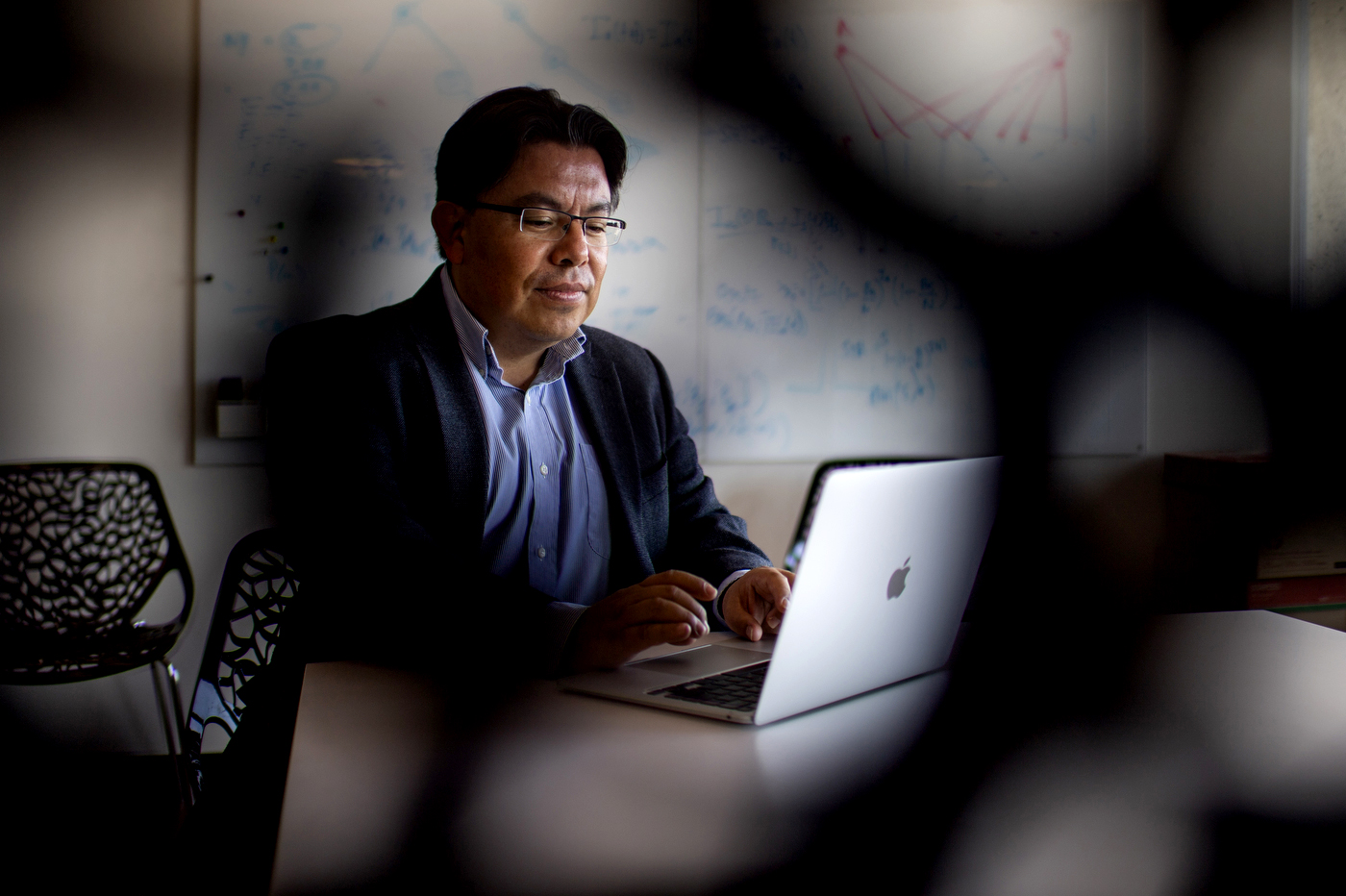It seems like yet another punchline for anyone joking about the past two years of pandemic life. But to scientists forecasting future disease outbreaks, it’s important data.
Scented candles began receiving an influx of negative reviews online in 2020. Dissatisfied customers proclaimed that some of the most fragrant, most popular products from famous companies like Yankee Candle had “no smell” or even smelled bad.
This wasn’t just a few bad reviews. The most popular scented candles sold on Amazon were receiving an average of 4 to 4½ stars before 2020, but over the course of that first year of the pandemic, the reviews fell by about a full star. Social media users mused about a link between these negative reviews and the loss of the sense of smell associated with COVID-19 infections.
When COVID-19 cases rose again at the end of 2021 due to the omicron variant, researchers noted another uptick in those negative “no smell” reviews.
Those negative online reviews are what Mauricio Santillana calls “breadcrumbs.” As people navigate the digital world, they leave traces of what is going on in their offline lives, explains the director of the Machine Intelligence Group for the betterment of Health and the Environment (MIGHTE) in the Network Science Institute at Northeastern. Those “breadcrumbs” leave a trail for researchers like Santillana to follow as they project potential future outbreaks of COVID-19 and other diseases.
If there are anomalies in online trends—a spike in Google searches for shops that deliver chicken noodle soup, a sudden flurry of Tweets about navigating a quarantining family member, or bad reviews on scented candles—it could indicate that trouble is brewing. So Santillana is creating machine-learning models to spot the anomalies, make sense of these clues, and create an early warning system for disease outbreaks.
By adding human behavior to the mix, “we’re creating an observatory of disease activity using different telescopes,” says Santillana, a professor of physics and of electrical and computer engineering who recently joined Northeastern from Harvard University.
Read more on News@Northeastern.
Photo by Matthew Modoono/Northeastern University.

